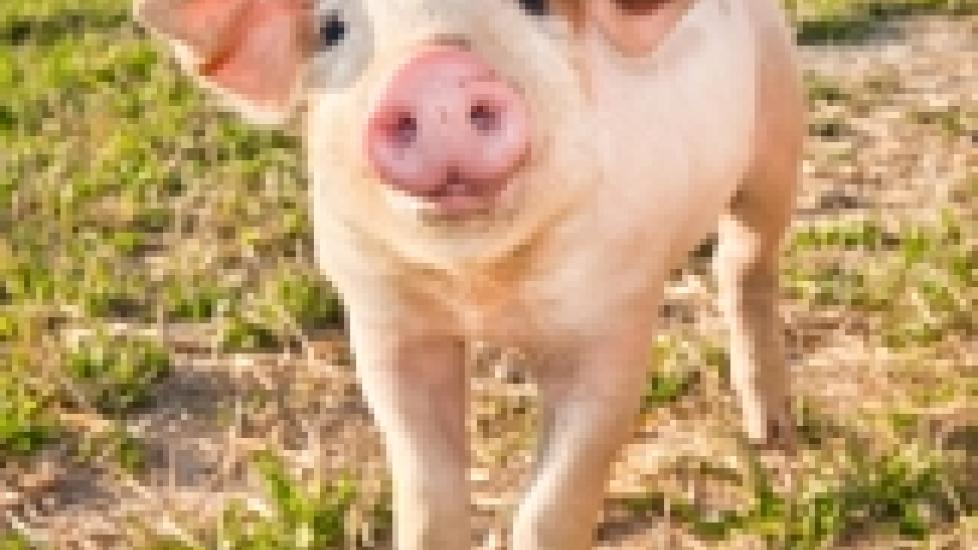New Swine Disease Outbreak Affects U.S.
Porcine epidemic diarrhea, or PED, has been identified in several outbreaks in swine facilities across the U.S. this year, starting in April. Caused by a coronavirus, this disease causes watery diarrhea and subsequent dehydration in pigs. The disease is worst in young piglets under the age of three weeks, with mortality sometimes reaching 100 percent. This mortality rate decreases as the age of the pig increases.
Although never before seen in the U.S., this is not a new virus. It is common in Asia and parts of Europe. It has been in the U.K. since 1971. As of this writing, investigators are still unsure how the disease spread to North America. Contaminated pig feed shipped from Asia or Europe is under suspicion, although this hasn’t been confirmed.
Spread via the fecal-oral route, PED can easily be transmitted by people and vehicles across different farms. While humans are not susceptible to the virus, they can carry it primarily on their boots. Researchers and members of the American Association of Swine Veterinarians are stressing the importance of strict biosecurity measures for hog farms. Many farms are closed to all non-essential personnel that work solely on that particular farm and shower-in/shower-out practices help curtail the spread of infectious disease from outside.
The impact of this disease in the U.S. will likely not be seen until several months from now, when the young pigs affected would have been entering slaughter facilities. PED is not a food safety concern but it appears that once it is in a country, PED becomes endemic, so it is likely here to stay in the U.S.
There is no vaccine currently available for this virus and no definitive cure other than supportive care in the form of fluids and electrolytes. However, the University of Minnesota Veterinary Diagnostic Laboratory has developed a rapid diagnostic test that produces results in 24 hours. This is an extremely useful tool for swine producers who need to identify an outbreak immediately in order to institute proper quarantine procedures to prevent further disease transmission if possible.
As of this writing, Iowa has been the hardest hit with PED, although cases have been confirmed from Colorado to New York. Researchers speculate that the virus may actually be more stable in colder temperatures, suggesting continual spread of the disease as winter comes. For now, vigilance for swine producers and veterinarians is key.

Dr. Anna O’Brien
Image: talseN / Shutterstock
